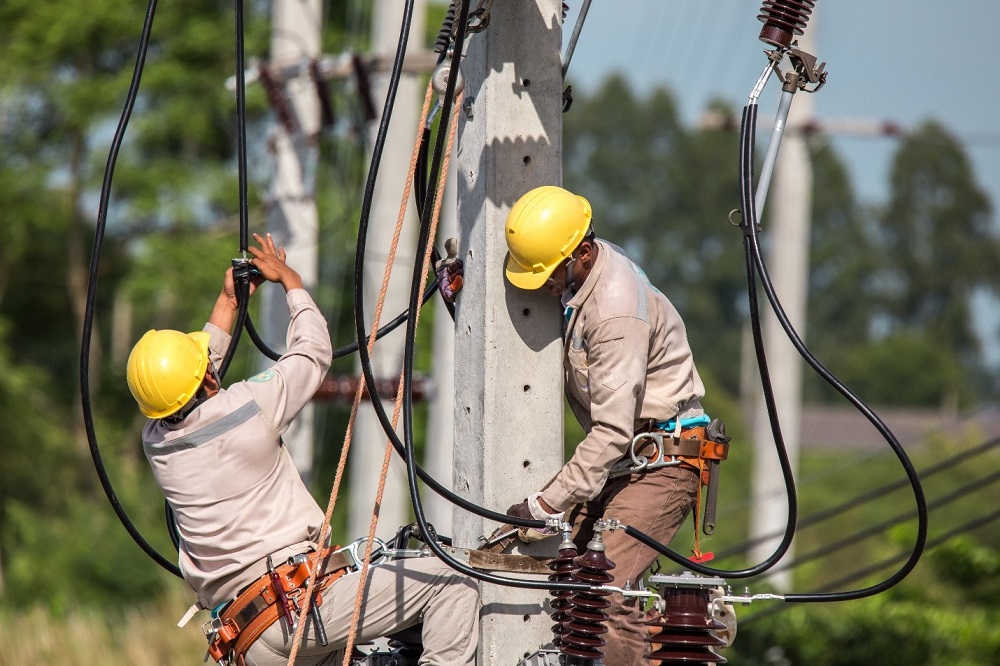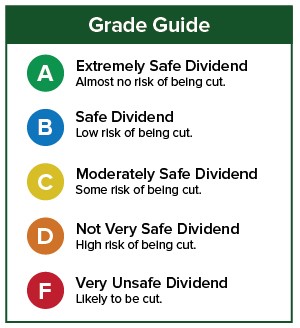When markets are volatile and investors are uneasy, utility stocks become hot commodities. Utilities are thought to be defensive stocks with little correlation to the difficulties of the business cycle.
These stocks usually pay big dividends. Many retirees looking for safe income buy utilities for their above-average yields – not for share price appreciation.
Duke Energy Corporation (NYSE: DUK) is a good example. The electric, gas and commercial renewables utility is currently sporting a rich 4.1% dividend yield. Let’s see if investors can depend on its annual $3.71 per share dividend.
Duke Energy has a long and impressive dividend-paying track record. The company has paid uninterrupted dividends for 92 consecutive years and raised its dividend annually since 2005.
However, this isn’t a given for the sector. Many utility dividends aren’t as safe as they may seem. Over the years, many of them, including blue chip utility NextEra Energy (NYSE: NEE), have cut or even eliminated their dividends.
Utility dividend cuts happen for a variety of reasons, including nuclear disasters, problems with regulators and inabilities to effectively pass on cost increases to consumers.
Duke Energy’s dividend isn’t immune to these risks or others.
Free Cash Flow Burns Out
Utilities usually generate very low or even negative free cash flow. That’s because they spend a lot on capital expenditures.
That infrastructure requires a lot of maintenance and improvements beyond what can be spent using free cash flow, so utilities often turn to external funding and debt to make infrastructure upgrades and buy new assets.
Duke Energy is no exception. Its business also requires a significant amount of expensive infrastructure to generate power.
The company has generated negative free cash flow since 2015, and free cash flow isn’t expected to turn positive this year.
In 2018, Duke Energy’s cash flow was negative $2.2 billion. That means Duke Energy had to spend money to keep its business operating. The company had to borrow money to cover the $2.5 billion it paid out in dividends.
Duke Energy’s total debt has risen 36% from $42.5 billion to $57.9 billion between 2015 and 2018.
This year, cash flow will fall even further into the red.
Analysts expect Duke Energy to generate negative $3.2 billion in cash flow and pay out $2.8 billion in dividends. It’ll need to borrow even more money to fulfill its dividend obligation.
The dividend of a company with negative cash flow can never be considered safe. Duke Energy doesn’t generate any cash flow to cover its payout.
If Duke Energy is unable to issue enough debt this year, the dividend won’t be paid. This utility’s dividend is very unsafe.
Dividend Safety Rating: F
If you have a stock whose dividend safety you’d like analyzed, leave the ticker symbol in the comments section.
Good investing,
Kristin

